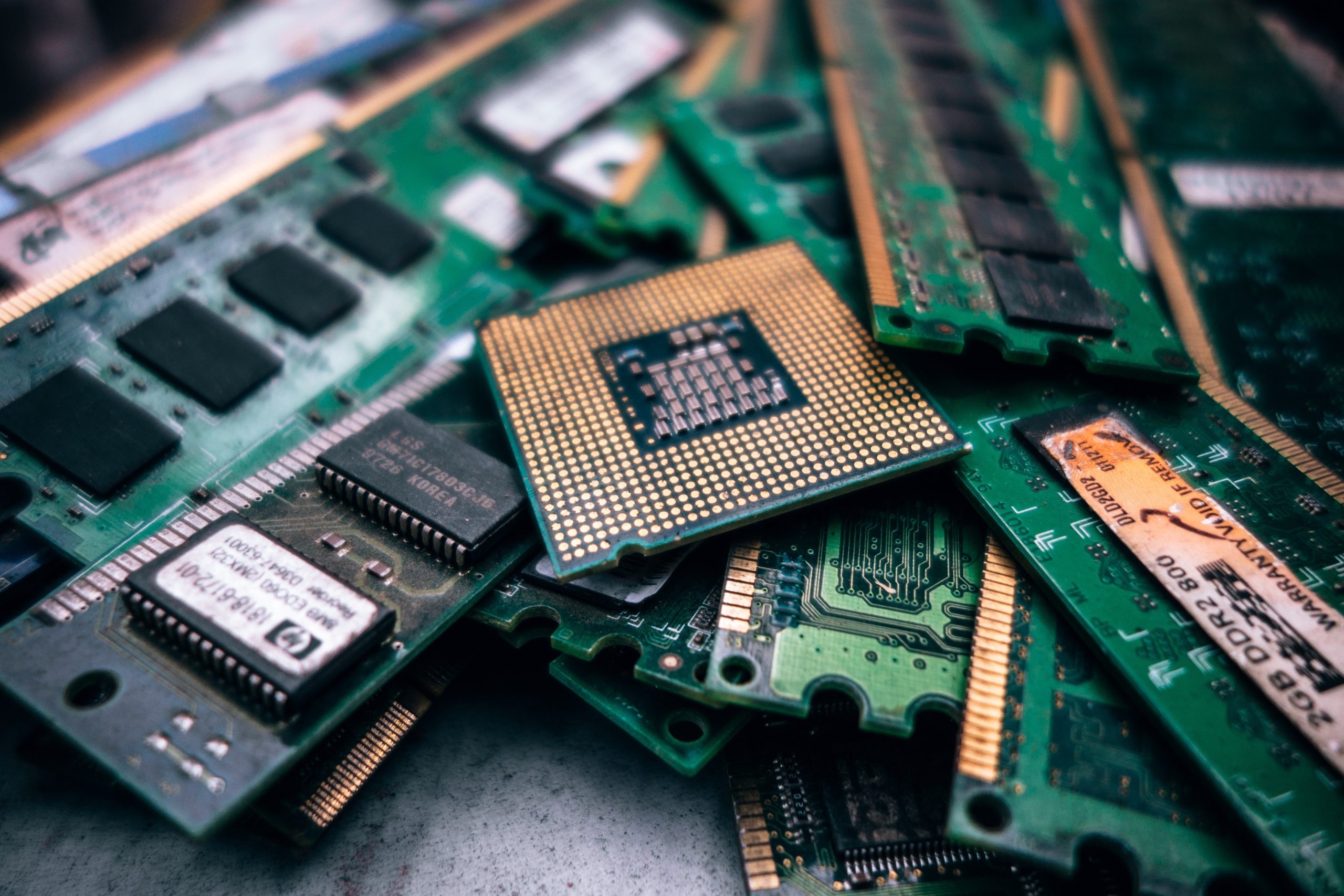What Is a Single Board Microcomputer?
The number of manufacturers of single-board computers in the U.S. alone keeps growing every year. In fact, it would be difficult if you asked us to make a list of all of them.
That makes the decision of buying one that much difficult. After all, most of them will offer the standard single board computer features, i.e., small size, easy to operate, consumes low current, high processing power and connects to the Internet of Things. So, you won’t lack for choices, that is for sure!
But most of them will differ in certain characteristics. Your choice will thus depend on the use you intend for the single board computer. For instance, they could have different types of processors, and as you will find out below, each type is more suited to specific applications. There is also a difference between the temperature ranges a single board computer can reliably function in. Most importantly, there are price variations, as well. Some cost less than $250 while others like the Winsystem’s Single Board Computer charge more for their high-quality products.
Before we tell you what they are used for, let us explain what microcomputers are:
Single Board Computers and what they are
A single-board computer may not look like it, but it is a complete computer. The only difference is its size since it is built on a single circuit board. Even so, it doesn’t lack the components that make the personal computers functional, such as a processor, memory, and input/output (I/O).
They don’t consume too much power as their larger counterparts do. They are usually fanless and designed with a low profile architecture in mind. Due to the removal of any size constraints, a single board microcomputer can be as small as a credit card or slightly bigger like the size of a video game console.
Why create a computer this small you ask? Because a single board computer can easily be incorporated into a larger device. The automatic teller machines that we use so frequently have one embedded in them, for instance. So do many industrial devices and medical equipment.
Single board computers and their processors
As you can imagine, the processors from each of the three families we mention below have their own attributes. It is those attributes that determine which applications a certain single board computer will mostly be used for:
ARM
One of the processor families that has quickly carved a niche for itself is ARM. You may have heard about most defense and aerospace developers and customers moving to ARM. There are good reasons for that shift. One of those reasons is that Red Hat Linux, Windows, Fedora Linux, and other operating systems run on ARM much more smoothly and easily. ARM processors have the architecture corresponding to RISC or Reduced Instruction Set Computing. They are high powered and efficient even if they cannot beat Intel when it comes to vector processing.
Intel
Intel has made its mark when it comes to personal computing. But that isn’t all it is known for because it also provides processing solutions for aerospace and defense applications, including those for a single processor with vector processors. Intel users prize the processor this company manufacturers because of its high performance and low power consumption. Those characteristics also make them useful in other fields besides defense, such as medical, industrial automation, and transportation.
Freescale Power Architecture
The processor manufactured and developed by Freescale is known as Power Architecture. They also have a RISC architecture just as the ARM processors do. Moreover, they are a preferred choice for applications where throttling can be detrimental. The same isn’t true for the more ubiquitous Intel processors. Another reason why the users of Power Architecture adopt it is the support for legacy upgrades available to them. Finally, they are also the go-to processor in case of applications that require certifications.
Applications of single board computers
At present, single board computers are in use in the following market segments:
- Industrial Automation
- Network Appliance
- Utilities and energy
- Data Centers
- Development and education
- Transportation and harbor
- Entertainment
- Aerospace
- Public service
- Military
Have you purchased your own single board microcomputer yet? We’d say that after reading about them and their various uses, it may be time you got one!
















